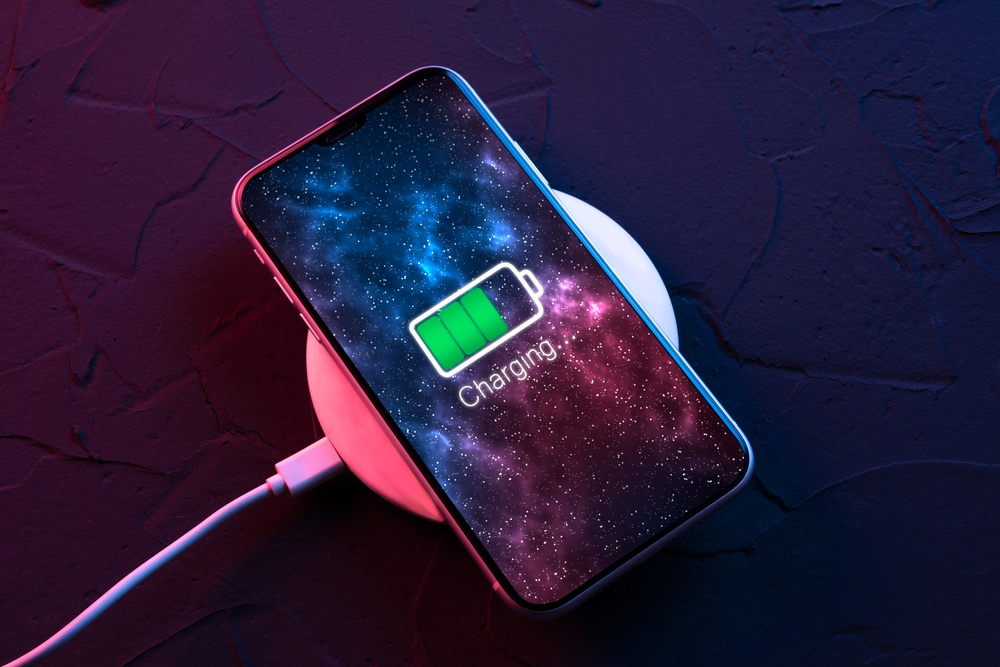Battery Performance Metrics That Matter in Daily Usage Scenarios
Understanding battery performance goes beyond simple milliampere-hour ratings when selecting a smartphone. Real-world usage patterns, charging cycles, screen-on time, and power efficiency under various conditions determine how well a device serves your daily needs. Nigerian users face unique challenges including inconsistent power supply and high ambient temperatures, making battery performance a critical consideration when evaluating mobile devices.

Modern smartphones pack impressive specifications, but battery performance remains the most practical concern for everyday users. While manufacturers highlight capacity numbers, actual endurance depends on multiple factors including processor efficiency, display technology, software optimization, and usage patterns specific to your lifestyle.
How Battery Capacity Translates to Real-World Usage
Battery capacity measured in milliampere-hours provides a baseline reference, but doesn’t tell the complete story. A 5000mAh battery in one device may outlast a 6000mAh battery in another due to differences in power management. Screen-on time represents a more meaningful metric, indicating how many hours of active use you can expect. Most current devices deliver between 6 to 12 hours of screen-on time depending on usage intensity. Heavy tasks like gaming, video streaming, and camera use drain batteries faster than messaging or reading. Background processes, network connectivity strength, and app optimization also significantly impact daily endurance.
Charging Speed and Cycle Longevity Considerations
Charging technology has evolved rapidly, with fast charging becoming standard across price segments. Charging speeds range from 18W to over 100W in some devices, dramatically reducing downtime. However, charging speed must be balanced against battery health preservation. Lithium-ion batteries degrade through charge cycles, typically retaining 80 percent capacity after 500 full cycles. Devices with intelligent charging management slow down charging speed when batteries reach 80 percent, reducing heat and extending lifespan. Wireless charging offers convenience but generates more heat, potentially accelerating degradation. Nigerian users should consider devices with adaptive charging features that account for local climate conditions.
Temperature Impact on Battery Performance
Ambient temperature significantly affects battery efficiency and longevity. High temperatures common in Nigerian climate accelerate chemical reactions within batteries, leading to faster degradation and reduced capacity over time. Optimal operating temperature for lithium-ion batteries ranges between 20 to 25 degrees Celsius. Exposure to temperatures above 35 degrees Celsius during charging or intensive use can permanently reduce maximum capacity. Modern devices include thermal management systems, but external factors like direct sunlight exposure or using protective cases that trap heat remain concerns. Users should avoid charging devices in hot environments and remove cases during intensive tasks to improve heat dissipation.
Software Optimization and Power Management Features
Operating system efficiency plays a crucial role in battery endurance. Android and iOS employ different power management strategies, with varying results across manufacturers. Adaptive battery features learn usage patterns and restrict background activity for rarely used applications. Battery saver modes reduce performance, limit background data, and decrease screen brightness to extend usage during critical periods. Some devices offer customizable power profiles allowing users to balance performance against endurance based on immediate needs. Regular software updates often include battery optimization improvements, making update availability an important consideration when selecting devices.
Display Technology and Brightness Impact
Display components consume the largest portion of battery power during active use. OLED and AMOLED screens offer power advantages over LCD technology by individually controlling pixel illumination, consuming less energy when displaying darker content. Screen brightness directly correlates with power consumption, with maximum brightness draining batteries significantly faster than moderate levels. Refresh rate settings also impact endurance, with 120Hz displays consuming more power than 60Hz alternatives. Adaptive refresh rate technology adjusts based on content, providing smooth scrolling when needed while conserving power during static viewing. Nigerian users frequently use devices outdoors, requiring higher brightness levels that accelerate battery drain.
Comparing Battery Performance Across Price Segments
When evaluating devices available in the Nigerian market, understanding how battery specifications translate to real-world performance helps make informed decisions. The following comparison reflects typical specifications and estimated costs based on current market conditions:
| Price Segment | Battery Capacity | Expected Screen-On Time | Charging Speed | Cost Estimation (NGN) |
|---|---|---|---|---|
| Budget Range | 5000-6000mAh | 8-10 hours | 18-33W | 80,000-150,000 |
| Mid-Range | 4500-5500mAh | 7-9 hours | 33-67W | 150,000-350,000 |
| Premium Segment | 4000-5000mAh | 6-8 hours | 65-120W | 350,000-800,000 |
| Flagship Tier | 4500-5500mAh | 7-10 hours | 80-150W | 800,000+ |
Prices, rates, or cost estimates mentioned in this article are based on the latest available information but may change over time. Independent research is advised before making financial decisions.
Network Connectivity and Background Activity Effects
Cellular connectivity significantly impacts battery consumption, particularly in areas with weak signal strength. Devices consume more power when constantly searching for network connections or switching between towers. 5G connectivity drains batteries faster than 4G due to increased power requirements, though newer chipsets have improved efficiency. Background app activity, automatic syncing, and push notifications create constant small drains that accumulate throughout the day. Location services using GPS consume substantial power, especially when multiple applications access positioning data simultaneously. Users can extend battery life by managing connectivity features, disabling unused radios, and restricting background data for non-essential applications.
Understanding these battery performance metrics enables you to select devices matching your usage patterns and evaluate whether specifications translate to practical daily endurance. Consider your typical usage scenarios, charging access throughout the day, and environmental conditions when prioritizing battery features. Devices with larger capacities, efficient processors, and intelligent power management deliver the reliability needed for consistent performance in diverse usage conditions.




